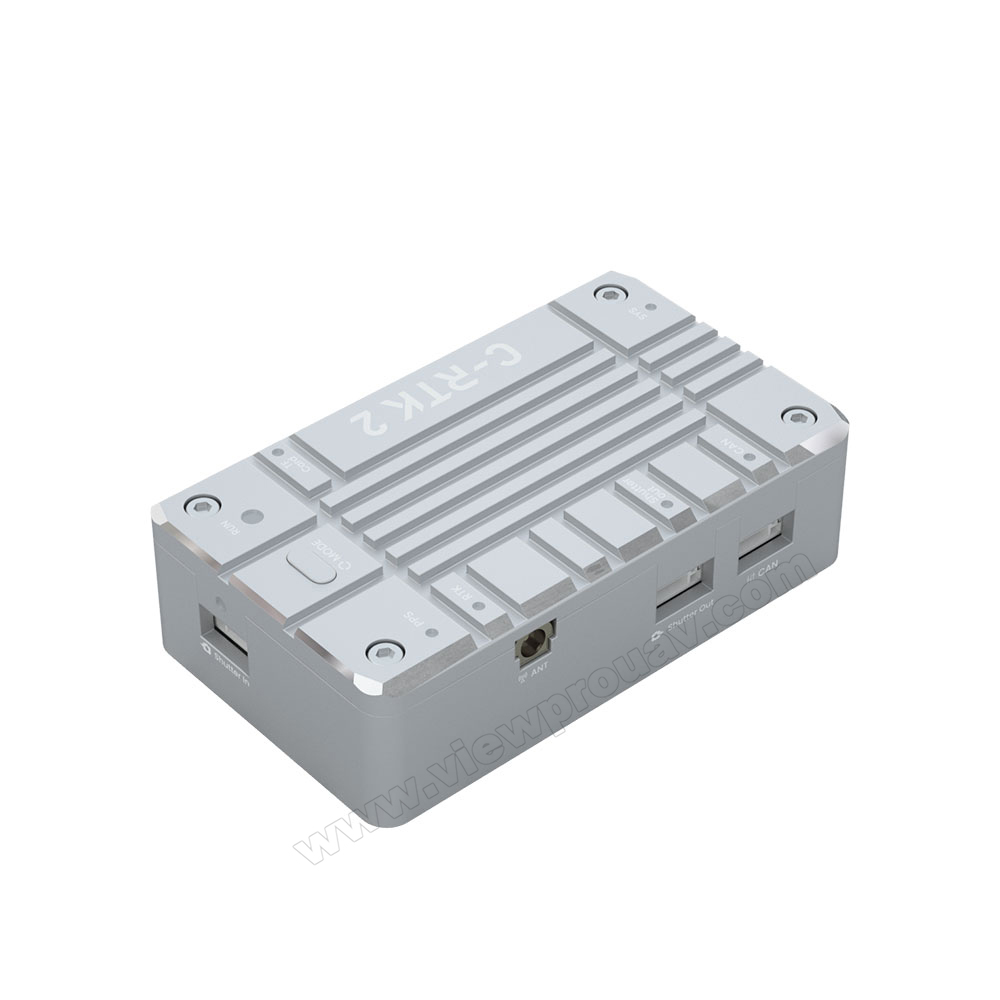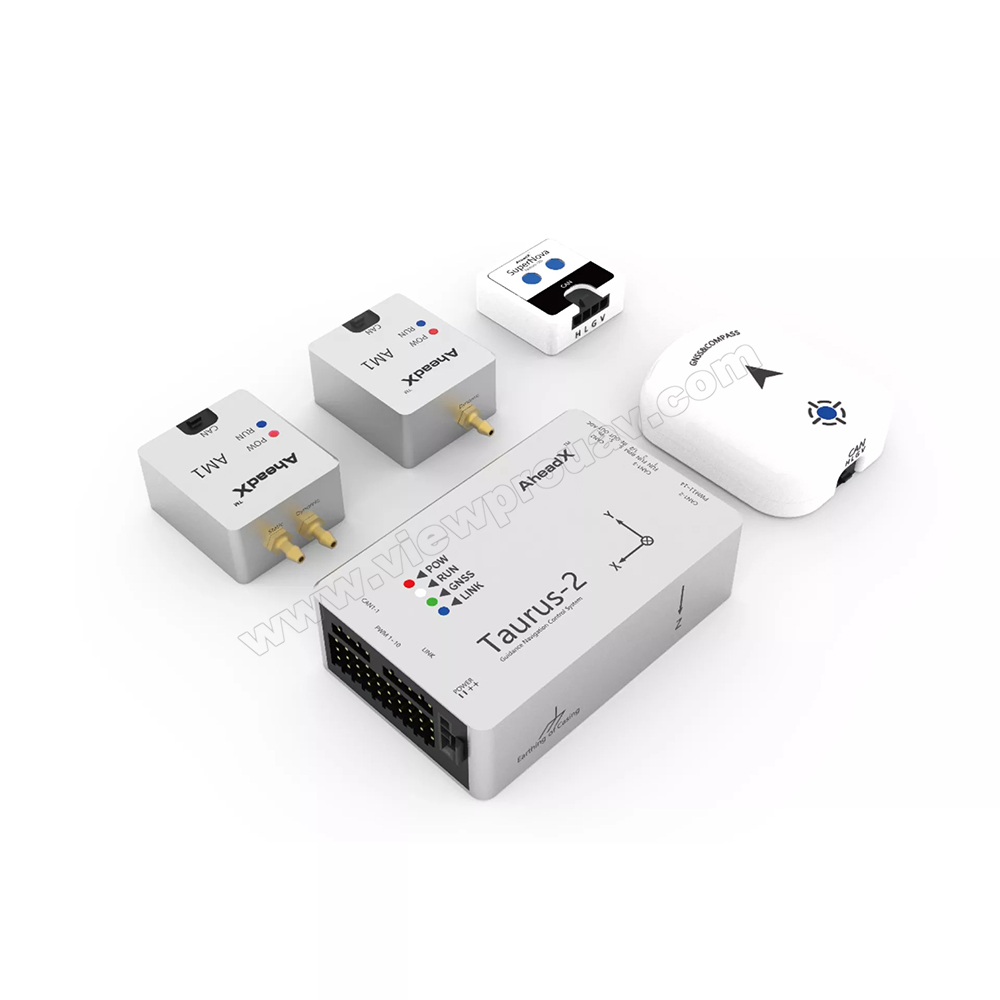The Value of Drone Trip Controllers in Modern Aerial Innovation: Secret Parts and Their Effect
In the realm of contemporary aerial innovation, drone trip controllers serve as the critical systems that manage a drone's performance and capacities. These innovative units incorporate vital parts such as microcontrollers and GPS components, facilitating stability and accuracy in trip procedures. Their duty is particularly obvious in independent functions, where innovative formulas enhance navigating and obstacle evasion. As sectors progressively depend on drones for applications varying from agriculture to monitoring, the evolving technology within trip controllers elevates vital inquiries about their future effect and possible developments. What innovations lie ahead that could redefine our understanding of drone capabilities?

Introduction of Drone Trip Controllers
In the world of aerial modern technology, drone trip controllers serve as the vital mind of unmanned airborne lorries (UAVs), making it possible for specific ability to move and security during trip. These sophisticated systems incorporate sensor data, refining algorithms, and control inputs, enabling drones to carry out complicated trip patterns with accuracy.
Drone flight controllers make use of numerous sensors, such as gyroscopes, accelerometers, and GPS components, to examine the UAV's positioning and placement in real-time. This information is crucial for keeping equilibrium and making certain secure operation in diverse ecological conditions. The controllers process this information to make rapid modifications to the drone's electric motors, allowing for smooth shifts and responsive handling.
In addition, flight controllers are furnished with innovative software program that supports features such as waypoint navigating, challenge avoidance, and independent flight abilities. This software application is important for both industrial and leisure applications, where integrity and precision are critical. As drone innovation continues to breakthrough, the development of flight controllers will play a critical duty in improving UAV versatility, safety, and functionality, inevitably increasing their applications throughout numerous sectors.
Secret Elements Explained
Recognizing the basic elements of drone trip controllers is vital for grasping just how these systems run successfully. At the heart of a flight controller is the microcontroller, which acts as the mind, refining information from numerous sensing units and implementing commands. Essential sensors include accelerometers and gyroscopes, which measure the drone's positioning and activity, giving vital comments for stabilization.
One more secret part is the measure, which gauges altitude by measuring air pressure, while general practitioner components use positional data, making it possible for autonomous navigation - SparkNavi drone flight controller and GNSS/INS made in taiwan. The flight controller also interfaces with Electronic Rate Controllers (ESCs), which control the rate of the drone's electric motors based on the controller's commands
Interaction modules, such as radio receivers, facilitate remote control input, allowing operators to send out commands in real-time. Additionally, some trip controllers integrate software program that can manage complicated formulas for waypoint navigation, flight preparation, and telemetry information analysis.
Duty in Flight Security
Central to preserving trip stability, drone flight controllers utilize innovative algorithms to refine sensor information and make real-time modifications. These controllers are furnished with an array of sensors, including gyroscopes, accelerometers, and barometers, which constantly monitor the drone's rate, alignment, and altitude. By interpreting this information, the flight controller can identify deviations from the wanted trip path and react without delay to preserve security.
For example, if a drone experiences an unforeseen gust of wind, the flight controller can promptly readjust the electric motor speeds to combat the disruption, ensuring a steady flight trajectory. This capability is important not only for hand-operated trip procedures but also for implementing complex maneuvers and keeping smooth trip in various ecological conditions.
.jpg)
Moreover, the sophisticated formulas made use of in trip controllers, such as PID (Proportional-Integral-Derivative) control, permit fine-tuning of the drone's response to adjustments in flight problems. By enhancing these control specifications, flight controllers can improve stability, boost responsiveness, and reduce pilot workload. Inevitably, the function of trip controllers in making certain flight security is crucial for the reliable and risk-free procedure of modern drones across diverse applications.
Effect On Autonomous Procedures

Self-governing operations are specifically critical in diverse applications such as delivery, farming, and monitoring solutions. With boosted trip controllers, drones can autonomously browse predetermined courses, efficiently collect information, and adapt to vibrant settings. This capability decreases the demand for consistent human oversight, thus raising functional performance and safety.
Moreover, the execution of equipment discovering strategies within trip controllers makes it possible for drones to enhance their efficiency gradually by gaining from previous missions. This adaptability leads the way for extra advanced autonomous applications, such as swarm innovation, where numerous drones coordinate their actions to click for more achieve a common purpose.
Future Trends in Trip Controllers
Advancements in flight controller modern technology are positioned to reinvent drone capabilities in the coming years. One significant trend is the integration of expert system (AI) and artificial intelligence algorithms, making it possible for drones to gain from their environments and make real-time decisions. This development will boost self-governing navigation, challenge evasion, and mission preparation, substantially boosting operational performance and security.
Moreover, the growth of sophisticated sensing unit technologies, such as LiDAR and multispectral imaging, will offer trip controllers with richer information inputs. This will certainly assist in more sophisticated logical capabilities, allowing drones to perform complex jobs, such as accuracy rescue, search and agriculture, and facilities inspections with extraordinary precision.
An additional emerging trend is the miniaturization of flight controller parts, which will certainly bring about lighter and a lot more small drones. This development will expand trip periods and payload abilities, making drones anonymous a lot more versatile for various applications.
Conclusion
Finally, drone flight controllers work as crucial parts in contemporary aerial innovation, guaranteeing security and precision in maneuverability through the combination of microcontrollers, accelerometers, and GPS modules. SparkNavi drone flight controller and GNSS/INS made in taiwan. Their capacity to allow autonomous operations and adapt to various applications underscores their relevance throughout multiple markets. As advancements in fabricated intelligence and sensing unit innovation proceed to arise, the potential for enhanced abilities and boosted operational performance in drone systems will likely improve the future of aerial applications
Central to preserving trip stability, drone trip controllers use innovative algorithms to refine sensor data and make real-time modifications. By interpreting this data, the flight controller can identify inconsistencies from the desired trip course and react quickly to keep stability.
Moreover, the sophisticated formulas used in flight controllers, such as PID (Proportional-Integral-Derivative) control, enable for fine-tuning of the drone's response to changes in trip conditions. Ultimately, the function of flight controllers in making certain flight stability is essential for the reliable and secure operation of content modern-day drones across varied applications.
The developments in drone trip controllers not just improve trip security yet additionally significantly influence autonomous operations. SparkNavi drone flight controller and GNSS/INS made in taiwan.
Comments on “SparkNavi Drone Flight Controller and GNSS/INS Made in Taiwan: Advancement for Expert UAVs”